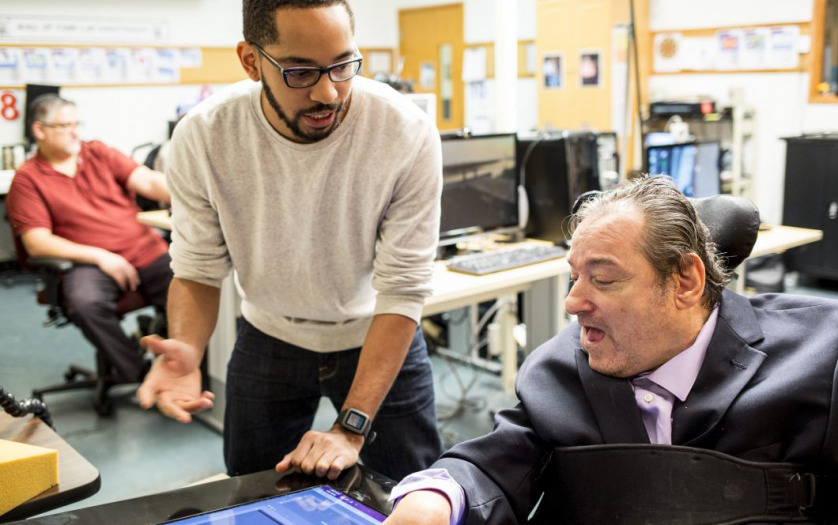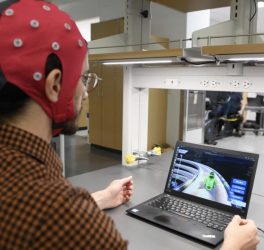
The University of Washington today announced the establishment of the Center for Research and Education on Accessible Technology and Experiences CREATE, fueled by a $2.5 million investment from Microsoft.
“We are proud to partner with the UW on their journey to build the CREATE center,” said Brad Smith, president of Microsoft.
“This is the next step in a longstanding journey to empower people with disabilities with accessibility and technology advancements. UW has truly embedded accessibility as part of their culture and we’re proud to support their next step to drive thought leadership on accessibility to empower people with disabilities.”
On the 30th anniversary of the Americans with Disabilities Act’s enactment, there have been enormous strides in the accessibility of public spaces and the availability of personal mobility technologies. Yet, equitable participation in society depends on the successful use of technology, now more than ever.
People with disabilities are dependent on technology and if accessibility is not embedded into the start of the development process then it can leave people behind. Achieving accessibility involves expertise and innovation across a range of disciplines. As a result, the major challenge of developing technology to make a more accessible world is outpacing even the most talented individual researchers and small teams.
“CREATE will help us take accessible technology research and education from small, incremental gains to true breakthroughs. This chance to advance inclusion and participation for people of all abilities is the kind of opportunity that inspires the entire UW community,” said UW President Ana Mari Cauce.
The center will build upon current projects in prioritizing and automating personalization, transitioning transportation to be accessible; augmenting abilities through wearable technologies; developing inclusive, intelligent systems and data sets; and “do-it-yourself” accessible technology production.








